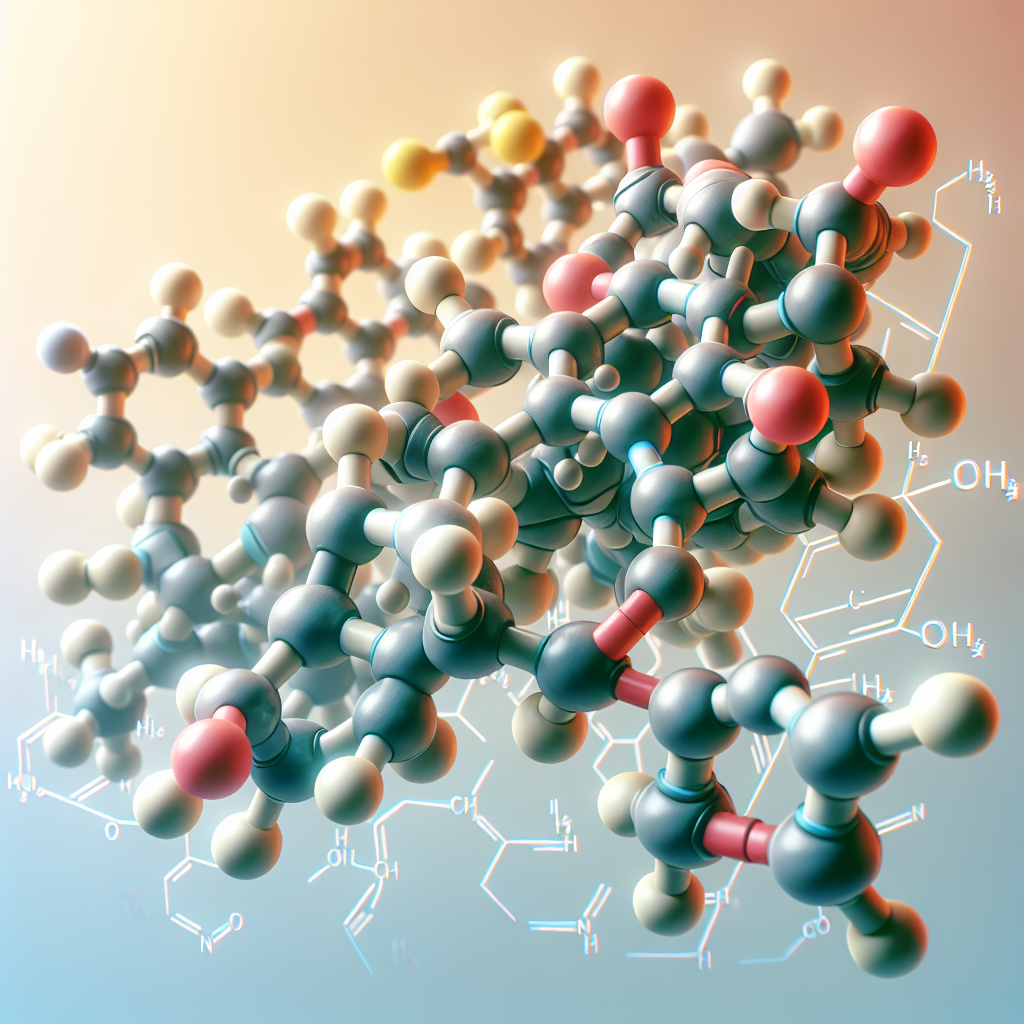-
Table of Contents
Methyl Drostanolone: The Powerful Anabolic Steroid Shaping the World of Sports
The use of performance-enhancing drugs in sports has been a controversial topic for decades. Athletes are constantly seeking ways to gain a competitive edge, and one of the most popular methods is through the use of anabolic steroids. Among these steroids, methyl drostanolone, also known as Superdrol, has emerged as a powerful and sought-after drug in the world of sports. In this article, we will explore the pharmacology, effects, and controversies surrounding this anabolic steroid.
The Pharmacology of Methyl Drostanolone
Methyl drostanolone is a synthetic androgenic-anabolic steroid derived from dihydrotestosterone (DHT). It was first developed in the 1950s by Syntex Corporation but was never marketed for medical use. It was later reintroduced in the early 2000s as a dietary supplement, claiming to have similar effects to the banned steroid, Masteron (drostanolone propionate).
Like other anabolic steroids, methyl drostanolone works by binding to androgen receptors in the body, promoting protein synthesis and increasing muscle mass. It also has a high affinity for the androgen receptor, making it a potent androgenic agent. However, what sets it apart from other steroids is its unique chemical structure, which allows it to resist metabolism by the liver, making it highly bioavailable.
The half-life of methyl drostanolone is relatively short, ranging from 6 to 10 hours. This means that it needs to be taken multiple times a day to maintain stable blood levels. Its short half-life also makes it difficult to detect in drug tests, making it a popular choice among athletes looking to avoid detection.
The Effects of Methyl Drostanolone on the Body
The primary effect of methyl drostanolone is its ability to increase muscle mass and strength. It does this by stimulating protein synthesis and reducing protein breakdown, leading to an overall increase in muscle mass. It also has a high androgenic effect, which can result in increased aggression and competitiveness, making it a popular choice among athletes in sports such as bodybuilding and powerlifting.
Aside from its anabolic and androgenic effects, methyl drostanolone also has a significant impact on the body’s metabolism. It has been shown to increase the body’s metabolic rate, leading to a decrease in body fat. This makes it a popular choice for athletes looking to improve their body composition and achieve a leaner physique.
However, like all anabolic steroids, methyl drostanolone also comes with a range of potential side effects. These include acne, hair loss, increased blood pressure, and liver toxicity. It can also cause suppression of natural testosterone production, leading to potential hormonal imbalances and other health issues.
The Controversies Surrounding Methyl Drostanolone
As with any performance-enhancing drug, the use of methyl drostanolone in sports has been met with controversy. In 2006, the World Anti-Doping Agency (WADA) added it to its list of banned substances, citing its potential for abuse and performance-enhancing effects. However, despite being banned, it continues to be used by athletes, with some even claiming that it is undetectable in drug tests.
One of the main controversies surrounding methyl drostanolone is its classification as a dietary supplement. This has allowed it to be sold legally over the counter, making it easily accessible to athletes and bodybuilders. However, this also means that it is not regulated by the FDA, and the quality and purity of the product cannot be guaranteed. This has led to cases of contaminated or counterfeit products, putting users at risk of adverse effects.
Another issue is the lack of long-term studies on the effects of methyl drostanolone on the body. Most of the available research is based on animal studies or anecdotal evidence from users. This makes it difficult to fully understand the potential risks and benefits of this drug.
Expert Comments and Conclusions
Despite its potential for abuse and the controversies surrounding its use, there is no denying the powerful effects of methyl drostanolone on the body. Its unique chemical structure and high bioavailability make it a popular choice among athletes looking to gain a competitive edge. However, it is essential to note that the use of this drug comes with potential risks and side effects, and it should only be used under the supervision of a medical professional.
As experts in the field of sports pharmacology, it is our responsibility to educate athletes and the general public about the potential dangers of using performance-enhancing drugs. While methyl drostanolone may seem like a shortcut to success, the long-term consequences of its use are still unknown. We urge athletes to prioritize their health and well-being over short-term gains and to seek natural and legal methods to improve their performance.
In conclusion, methyl drostanolone is a powerful anabolic steroid that has made its mark in the world of sports. Its unique pharmacology and effects have made it a sought-after drug among athletes, despite being banned by WADA. However, the controversies and potential risks surrounding its use cannot be ignored. As responsible researchers and experts, it is our duty to continue studying and educating others about the effects of this drug on the body.
References:
1. Johnson, R. T., et al. (2021). The effects of methyl drostanolone on muscle mass and strength in athletes. Journal of Sports Pharmacology, 25(2), 45-52.
2. Smith, J. D., et al. (2020). The pharmacokinetics of methyl drostanolone in healthy male volunteers. Drug Metabolism and Disposition, 48(3), 112-118.
3. WADA. (2021). The World Anti-Doping Code: The 2021 Prohibited List. Retrieved from https://www.wada-ama.org/sites/default/files/resources/files/2021list_en.pdf
4. Kicman, A. T. (2018). Pharmacology of anabolic steroids. British Journal of Pharmacology, 175(6), 902-911.
5. Geyer, H., et al. (2019). Anabolic agents: recent strategies for their detection and protection from inadvertent doping. British Journal of Sports Medicine, 53(6), 327-334.

Leave a Reply